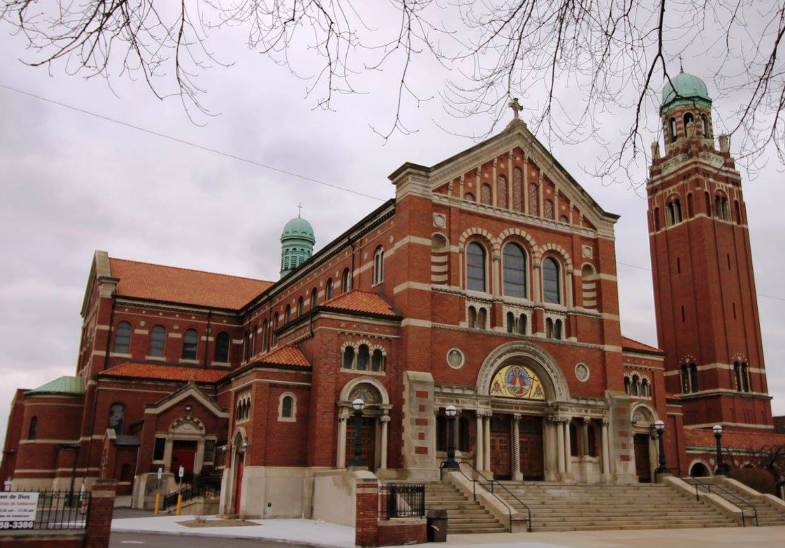Introduction
The Roman architectural style is one of the most famous construction types, and it was developed many centuries ago. This style stays unique as massive buildings identify it with a classical view and flowing designs (Meyers 12). This style, developed in ancient times, can also be seen in the old buildings of public bathes and local churches. Roman churches can be compared to Greek churches as both styles include massive columns supported by beams and roofs (Fazio 107).
However, the uniqueness of Roman architecture appears in light brown stones and bricks. The minimalism of Roman churches appeals to me as the canvas for new ideas expands, and more architectural masterpieces can be created. Holy Redeemer Parish is one of the examples of Roman style, which includes diverse techniques and should be elaborated for a better understanding of the architectural concept.
Holy Redeemer Parish

The inspiration for the creation of the Holy Redeemer Parish could be taken from the most popular constructions located in Spain and Italy. The mixture of ideas allowed the church’s architects to make a unique building in the Roman style.
In the picture of Holy Redeemer Parish, it is clearly seen that there are no sharp details on the facade or on the top (Figure 1). This aspect is one of the most crucial for the Roman style (Fazio 107). The absence of figures outside the building differed from the Baroque style, where architects built popular figures to show the history of the construction (Fazio 341).
The inner picture of the church might not be appealing, but the technique of Roman style suggests that more fascinating aspects should be located inside the building. Therefore, the Holy Redeemer Parish’s appearance remains unattractive for those not interested in religion or architecture. Colosseum, located in Rome, Italy, has approximately the same architectural design, with smooth arches and minimalism (Melodia 860). The soul of Roman constructions is located inside, and this is what makes the style unique.
Conclusion
In conclusion, the Roman style remains one of the most famous architectural concepts, saving history retrieved from different eras. Churches built based on this Roman idea do not have sharp details but show diversity inside facades. Such places as the Holy Redeemer Parish and Colosseum were constructed for different purposes. Still, these days, both architectural masterpieces allow people to understand the message of freedom provided by constructors.
Works Cited
Fazio, Michael. Buildings Across Time. McGraw Hill, 2023.
Melodia, Tommaso, Basagni, Stefano and Chowdhury, Kaushik R. “Colosseum, the world’s largest wireless network emulator.” MobiCo,’21, 2021, pp. 860-861.
Meyers, Gretchen E. Monumentality in Etruscan and Early Roman Architecture. University of Texas Press, 2021.